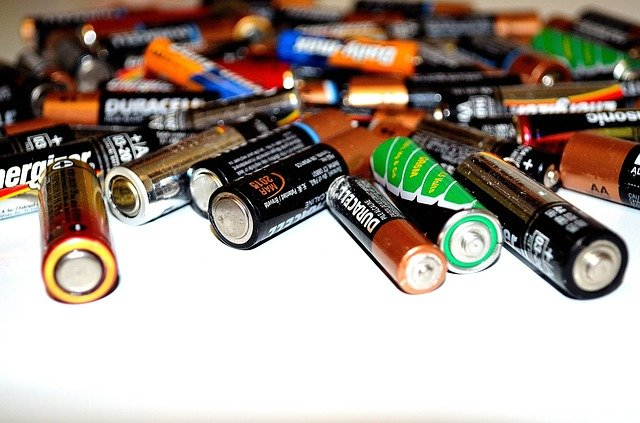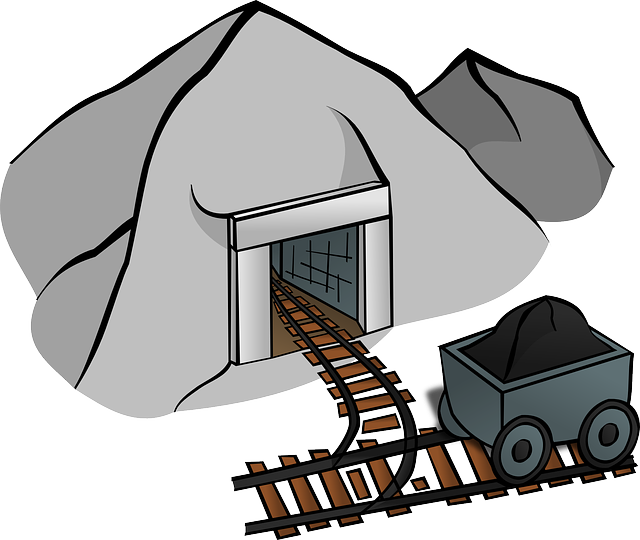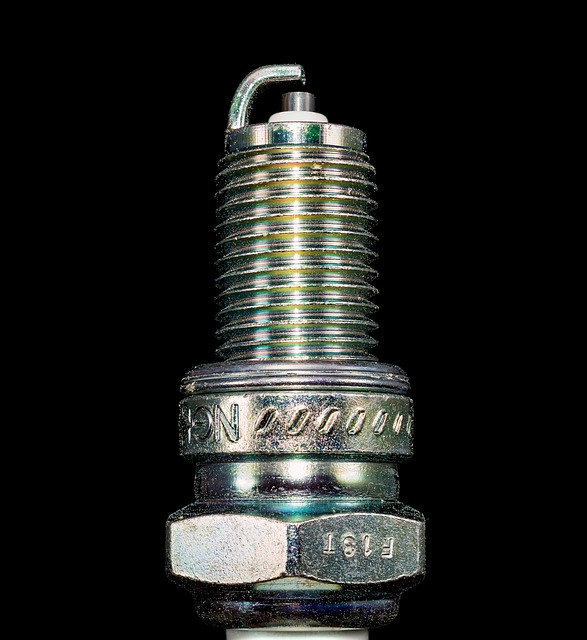Cadmium and its compounds have a wide range of applications. Some of the following are.
- Use in Semiconductors:
Cadmium is used in semiconductors. cadmium telluride and cadmium selenide is used in solar cells, photodetectors and motion detectors.
- Laboratory Uses:
Cadmium is used in Helium–cadmium lasers which is a common source of ultraviolet and blue laser light. Cadmium selenide is used in quantum dots which emitting luminescence by exposing to UV. This is used in fluorescence microscopy in the lab.
- Used in Pigments:
cadmium salts are used in paint pigments such as yellow pigment. Cadmium selenide (cadmium red) is a red pigment.
- Televisions:
It was used in black and white television phosphors (Cadmium oxide). And also in blue and green phosphors of colour television cathode-ray tubes. It is used in quantum dot display TVs (QLED TVs).
- Use in Nuclear fission:
Cadmium is used in nuclear reactors in the control rods. In nuclear fission, it controls neutron flux because it is effective in neutron absorption.
- Batteries:
Cadmium is used in batteries mostly in rechargeable batteries of nickel-cadmium. The positive electrode of the cell (Battery) is consists of nickel hydroxide and the negative is cadmium electrode plate which separates alkaline electrolyte (potassium hydroxide). Cadmium is also present in another rechargeable battery called the silver-cadmium battery.
- Electroplating:
Cadmium electroplating is used to reduce the corrosion of steels. About 6% of the total global is used in the aircraft industry.
What is cadmium?
Cadmium is a chemical element that has an atomic number 48. Its atomic mass (relative atomic mass) 112.41 g/mol and it is represented by the symbol Cd. Cadmium has a silver-grey metallic colour. In the periodic table, it is in group 12 and period 5. It's electronic configuration is 1s2, 2s2, 2p6, 3s2, 3p6, 4s2, 3d10, 4p6, 4d10, 5s2 ([Kr] 4d10 5s2). There are 48 electrons, 48 protons and 64 neutrons in an electrically neutral Cadmium atom. At room temperature and pressure, Cadmium is in solid-state and has a density of 8.65 g/cm3. The melting point of Cadmium is 594.22 K ?(321.07 °C, ?609.93 °F) and its boiling point is 1040 K ?(767 °C, ?1413 °F).
It is producing basic oxide when reacts with oxygen. Cadmium electronegativity is 1.69 (Pauling scale) and the energy required for its first ionization is 867.8 kJ/mol. Oxidation states of cadmium are −2, +1, +2. There are 8 naturally occurring isotopes of cadmium of which 2 are natural radioactive isotopes. Cadmium was discovered and isolated in 1817 by two German chemist Karl Samuel Leberecht Hermann and Friedrich Stromeyer.
Cadmium is a very rare metal. In the Earth's crust there an average concentration of 0.1 ppm of cadmium. It is found in mineral like greenockite (CdS). It is collected as a by-product during smelting and mining of other metals like Zinc and copper etc. A small amount is also present in rocks mined for phosphate fertilizers. The main producers of cadmium are china which is followed by Soth Korea, Japan, Russia, the US and Some central Asian countries. Deposits are present in eastern Europe.
Some of the following are the applications of Cadmium and its compounds.
- Cadmium is used in electroplating. Cadmium electroplating is used to reduce the corrosion of steels. About 6% of the total global is used in the aircraft industry.
- It is used in batteries (Cell). Cadmium is used in batteries mostly in rechargeable batteries of nickel-cadmium. The positive electrode of the cell (Battery) is consists of nickel hydroxide and the negative is cadmium electrode plate which separates alkaline electrolyte (potassium hydroxide). Cadmium is also present in another rechargeable battery called the silver-cadmium battery.
- Cadmium is used in nuclear reactors in the control rods. In nuclear fission, it controls neutron flux because it is effective in neutron absorption.
- It was used in black and white television phosphors (Cadmium oxide). And also in blue and green phosphors of colour television cathode-ray tubes. It is used in quantum dot display TVs (QLED TVs).
- Cadmium is used in semiconductors. cadmium telluride and cadmium selenide is used in solar cells, photodetectors and motion detectors.
- cadmium salts are used in paint pigments such as yellow pigment. Cadmium selenide (cadmium red) is a red pigment.




